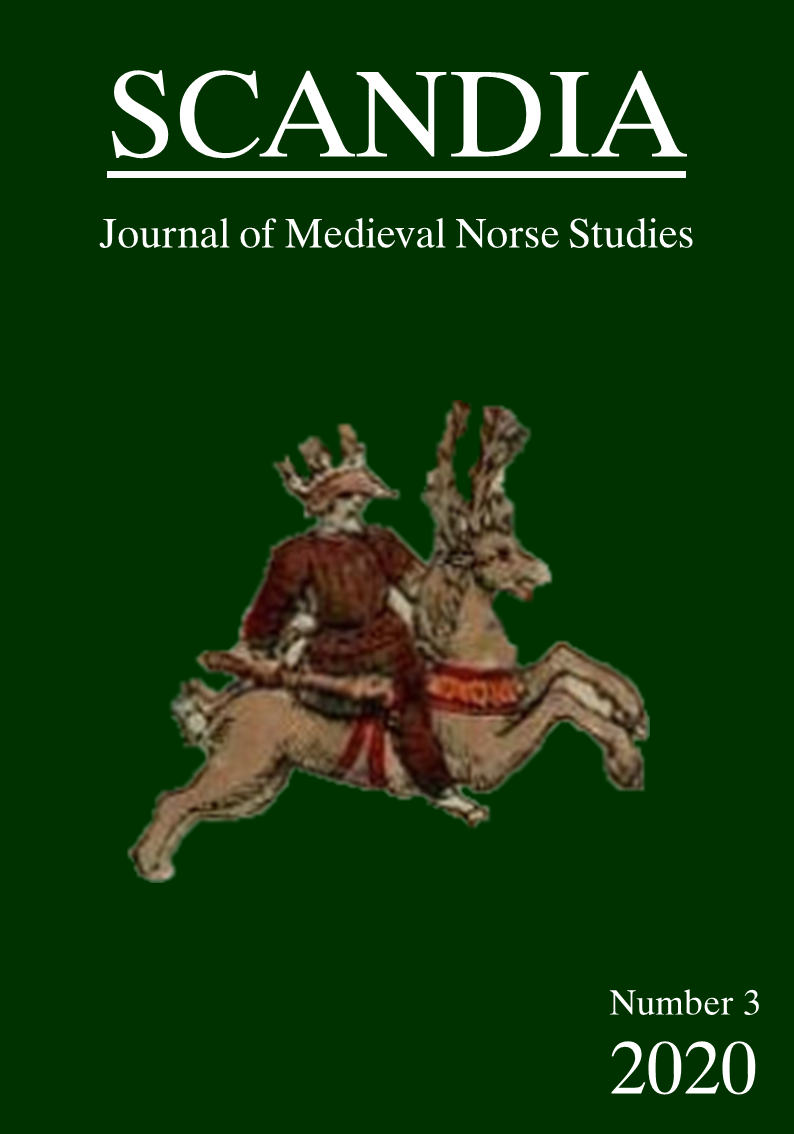DWARFS’ FAMILY RELATIONS AND FEMALE DWARFS IN SOME MEDIEVAL NORDIC SOURCES
Resumen
In this article, it is argued that the dvergar in Old Norse sources, such as skaldic poetry and the Eddas, contrary to what has often been claimed by previous research, are hardly an all-male race deprived of family life and the possibility to have children. While it is true that these sources do not contain any explicit references to female dwarfs, they contain relatively many references to familial relations between dwarfs, such as ancestor–descendant, father–son and brother–brother relations. Saga literature, by contrast, contains explicit references to sisters, daughters and wives of dwarfs. This difference between skaldic poetry and the Eddas, on the one hand, and saga literature on the other, is explained in terms of relationships of power between acting persons in the different narratives. In skaldic poetry and the Eddas, the dwarfs are depicted in interaction with the gods, who have the power to command the dwarfs to produce the objects the gods need; therefore, the gods do not need to manipulate the dwarfs by bringing their families into play. Consequently, the gods do not need to care about dwarf families. In saga literature, the dwarfs interact with human protagonists who do not have the same power over dwarfs. They therefore need to manipulate them, and this manipulation sometimes involves acting in a certain way towards the dwarf’s family.
Descargas
Descargas
Publicado
Número
Sección
Licencia
The author (s) of the original submitted undertake to comply with the following:
- All authors are publicly responsible for it.
- The authors claim that this original is their own and that they assume full responsibility to third parties, whether moral or patrimonial, by reason of its content, stating that the work does not infringe any intellectual property rights of third parties.
- The author (s) agree to the copyrights of the original to Scandia Journal, to which they grant permission for its reproduction, editing and online publication.
- The author (s) grant their copyright of their original to the Scandia Journal, licensed under the Creative Commons Attribution License, which allows the sharing of this work with the acknowledgment of their authorship.
- The author (s) have permission and are encouraged to cite and distribute their original.


